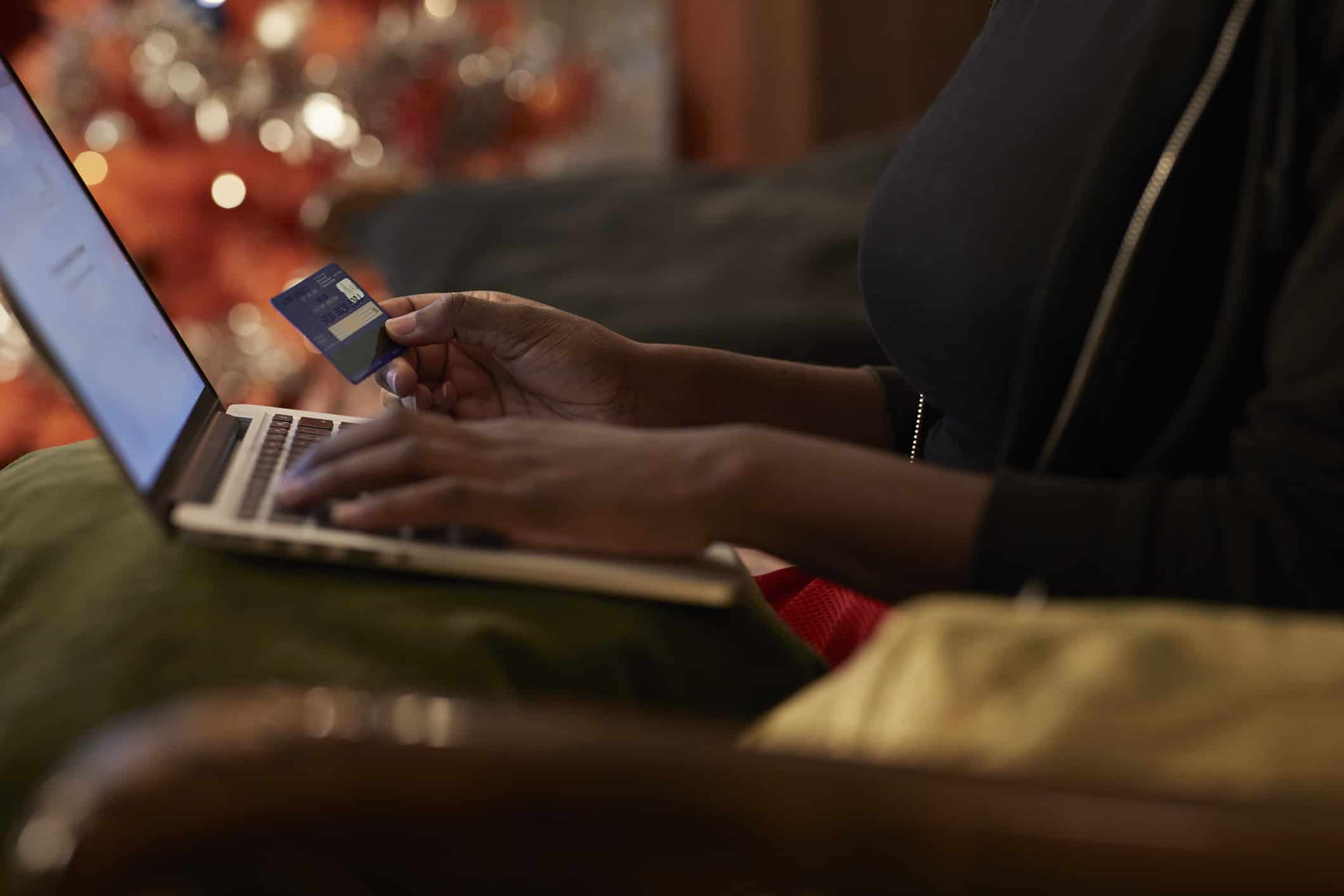People tend to think about credit cards like they think about the money in their wallet – physical objects of value, used for purchasing goods and services. That’s partially true, but it doesn’t tell the whole story.
A card is nothing more than a symbol of your relationship with a credit card issuer. If you remain in good standing with that lender, the card can be used to tap into a limited sum of money. If you lose that good standing, a card is only worth the plastic it’s printed on.
One of the requirements to maintain a good relationship with your lender is consistent account activity. If you let a card sit in the back of your wallet or the bottom of a drawer for long enough, you’ll eventually find that card cancelled. In other words, if you don’t use it, you lose it.
How Often You Should Use a Credit Card
Credit card providers all have their own rules about how often the card must be used to stay active, and very few make that information public. They can also change those terms and conditions at any time, and have no obligation to notify customers when they do so.
Some credit card companies may cancel your card after as little as three months of inactivity, while others will wait up to two years. To be safe, you should use each credit card at least once a quarter. Put a small recurring bill on any card you don’t keep in your wallet, like your Netflix or Spotify subscription. Set the bill to autopay from your checking account so you never miss a payment due date.
If you don’t have enough recurring payments to divide between your best credit cards, try using each card for a specific type of expense. One can be your in-person shopping card, another can be a cash back rewards card for online shopping and a third can be your big purchase rewards credit card. There are varying ways to divide your expenses, but the important thing is to make sure each card has a reason to be used once a quarter.
Consumers should be careful not to charge too much on a credit card all at once. This can cause a high utilization percentage,which will ding your credit score. Always stick to 30% of your credit limit or less. That would equal a $300 credit card balance on a card with a $1,000 credit limit, for example.
The Law and Credit Card Cancellations
A card provider may or may not be legally required to provide advance notice before it closes your credit card account, depending on the state you reside in. In California, they must give you 30 days’ warning if you haven’t violated any terms or conditions or defaulted on the account.
If you receive a sudden cancellation notice, look up your state laws to see if the card provider has violated them. Cardholders typically first notice a cancellation when an attempted purchase is declined.
Can you Reopen a Dormant Card?
A card provider may let you reopen an inactive card if there weren’t any other issues like chronic late payments. If inactivity was the only reason for closure and it’s been less than 30 days, they may give you another chance.
If you want to reopen the card, call the provider as soon as possible. Explain that you didn’t mean to forget about the card. You may get a new credit card in the mail or be able to use your old existing card.
Can a Cancelled Card Affect Your Credit Score?
If the canceled card was one of your oldest credit accounts, the average age of your credit history will decrease when the card is closed. This makes up 15% of your credit score. The older your credit age, the better your score.
A canceled credit card can also diminish your total credit utilization percentage, or how much available credit you’re using. If the canceled card had a $15,000 credit limit and your other open cards only have a $1,000 limit, you may see a big increase in your credit utilization percentage. This is the second most important factor in determining your credit score, comprising 30% of your total score.
Each credit card should have a utilization lower than 30%, and your total utilization across all credit accounts should also be less than 30%. If you can’t reopen the card and your percentage is suddenly higher than 30%, you can lower it by paying off debt from other cards.
After a card has been canceled for inactivity, watch your credit score to see if it goes down. You can view your credit score for free through your credit card provider or a service like Credit Karma.



